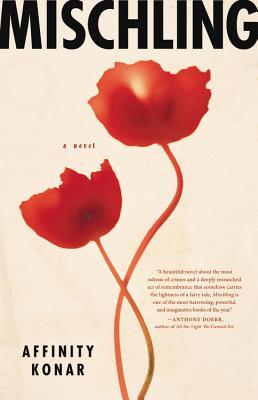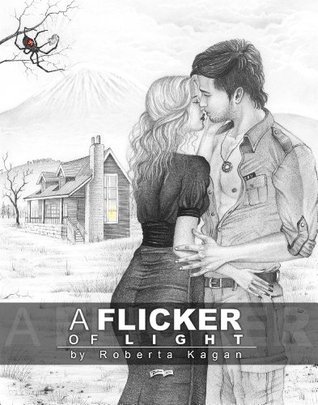
Mapping the Bones
Book Description
Amidst the chilling shadows of World War II, a Jewish girl and her twin brother grapple with their shattered lives in the harrowing labyrinth of a Nazi-occupied world. As they navigate a landscape fraught with danger and despair, their bond is tested by cruelty, hope, and the desperate will to survive. Each choice can lead to life or death, and trust becomes both a lifeline and a weapon. With every heartbeat echoing their fight against fate, will they uncover the strength within themselves to reclaim their future, or will darkness consume them both?
Quick Book Summary
Mapping the Bones by Jane Yolen is a powerful historical novel set during World War II, following the harrowing journey of Jewish twins Chaim and Gittel. Forced from their home in the Lodz Ghetto, the siblings endure unimaginable suffering as they are separated from their parents and thrust into the chaos of Nazi-occupied Poland. Drawing on their deep, unbreakable bond and Chaim's poetic voice, they strive to survive brutality, deprivation, and profound loss. The book is a testament to the enduring strength of family, the solace of storytelling, and the struggle to maintain hope and identity amid unimaginable horror. Yolen threads fairy tale motifs and poetic echoes through the grim realities of the Holocaust, creating a story of resilience and the profound will to survive.
Summary of Key Ideas
Table of Contents
Sibling Bonds and Survival
At the onset of World War II, Chaim and Gittel, Jewish twins from Poland, find their childhoods abruptly ended by the rise of Nazi power. They are forced into the Lodz Ghetto with their parents, where every day becomes a fight for survival. Gittel’s pragmatic nature and Chaim’s introspection form a balance that helps them endure the cramped, squalid conditions and the daily dangers imposed by their captors.
The Power of Storytelling and Poetry
When the family attempts to escape with the aid of resistance members, their flight takes them deeper into peril. Separated from their parents and hounded by betrayal, Chaim and Gittel are thrust into the clutches of those willing to exploit their vulnerability. Their journey exposes the pervasive cruelty and the collapse of trust, but also offers rare glimmers of kindness that are fleeting and often shadowed by further hardship.
The Horrors and Dehumanization of the Holocaust
The twins’ suffering intensifies upon being transported to a Nazi labor camp, where dehumanization and brutality are daily realities. Chaim, who is compelled to write poetry, finds an outlet to process trauma and maintain his sense of self. Storytelling becomes both an act of resistance and a means of psychological survival, as the siblings cling to memories and words as shields against despair.
Loss, Trauma, and the Will to Endure
Throughout their ordeal, the bond between Chaim and Gittel is tested by hunger, violence, and traumatic loss. Both must make excruciating decisions for the sake of survival, grappling with guilt, helplessness, and the heavy cost of hope. The narrative explores how trauma shapes identity and the possibility of healing, even in the aftermath of unfathomable horror.
Moral Choices and the Gray Areas of War
Drawing on motifs from the Hansel and Gretel fairy tale, Yolen parallels the twins’ journey with the classic story of lost children navigating a dark and dangerous world. The novel interrogates moral ambiguity, the meaning of heroism in desperate times, and the capacity for cruelty and compassion. Ultimately, Mapping the Bones honors the resilience of those who endured the Holocaust and the tenuous thread of hope that guides them toward an uncertain future.
Download This Summary
Get a free PDF of this summary instantly — no email required.





